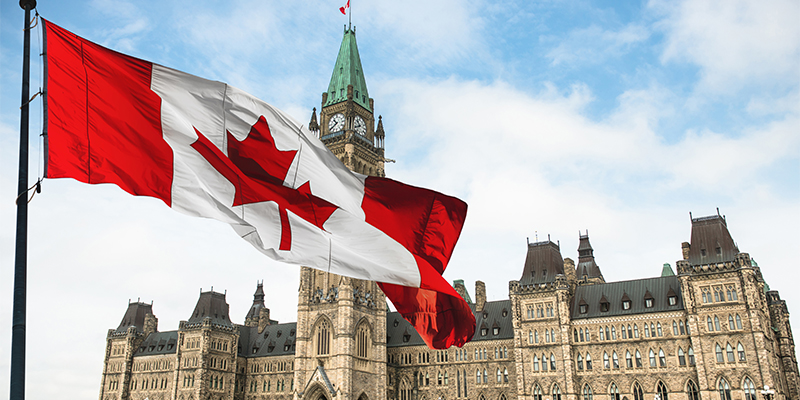Most state governments have emerged from the pandemic-induced economic slowdown with budgetary surpluses because projected revenue losses did not occur. Losses in tax collections from certain sectors of the economy, such as restaurants, hospitality and entertainment, were offset by the collection of sales taxes from increased internet transactions, along with the $193.5 billion allocated to states under the American Rescue Plan Act of 2021. The State Expenditure Report from the National Association of State Budget Officers notes that, while state expenditures have increased, so have revenues by 12.8% for fiscal year.
These revenue surpluses, which are historic in some states, have spawned tax cut debates in many state capitols. The Tax Foundation has outlined various tax reform measures that have been introduced at the state level to provide general tax relief for both individual taxpayers and the private sector. These efforts have included proposed tax reductions on individual and corporate incomes, sales, groceries and gas purchases. Also debated are the duration of the tax cuts and whether to make them permanent, temporary or retroactive. With few exceptions, raising taxes are not part of these debates in the states.
The approaches for providing tax relief at the state level have a tendency to break down along political ideology. According to the Pew Foundation, Republicans mostly “favor, bigger, broader cuts,” to spur economic growth, while Democrats “favor more targeted tax cuts and credits aimed at the middle-class and low-income people,” or social and economic equity. Irrespective of the political party in power within state capitols, the tax relief efforts by both parties appear to focus less on pandemic-related issues and more on the current economic state for both taxpayers and the private sector.
Budget surpluses are not only being used to provide tax relief. States have also used them to spur economic growth and job creation through tax credits, abatements and other subsidies or incentives. A recent article in The Hill by Reid Wilson recognized state efforts to “lure” companies in establishing major operations through subsidies and incentives that may not have been available without current state surpluses. State incentive packages played a role in the decisions for Intel to build a semiconductor manufacturing plant in Ohio and Boom Supersonic to build a hypersonic passenger aircraft manufacturing plant in North Carolina.
Most states recognize the use of incentives as an important economic tool for remaining competitive with other states in attracting and retaining private sector investments to their state, but some lawmakers remain concerned that companies may leave once the incentives have expired or the full economic potential provided by the incentives are not realized. The significant level of budget surpluses may have eased these concerns.
Current budget surpluses have allowed some states to be more aggressive in spurring economic growth through tax relief and incentive packages. However, in the short term, inflation will lessen the economic benefits of tax cuts for both individual and corporate taxpayers as goods prices and the cost of living and doing business increase as well. In addition, state surpluses will be impacted as expenditures increase in order to compensate for the increased costs of maintaining government services and programs at current levels.
The federal funds to states under the American Rescue Plan Act are viewed by some as a windfall for states, who were already experiencing budget surpluses. The one-time infusion of federal funds has allowed states to expand government services and programs as well as invest in public projects impacted by the pandemic. Once expended, the issue for state governments will be to backfill the federal dollars and continues the government services and other benefits provided by the act. It will be both a policy and budgetary question in the long term that will include both state expenditures and revenues in maintaining a balanced budget.
The debate on budget surpluses and tax relief will continue as states move through the legislative process heading into the fall election. Commercial real estate and the private sector will need to be engaged and at the table with policymakers during these debates to ensure sound tax policy is achieved that avoids unintended consequences in the long term.








